You may be in the process of upgrading your Quality Management System to the new ISO 9001:2015 requirements, but don’t forget that there are new changes to the ISO 13485 standard as well!
Unlike the drastic overhaul witnessed during the ISO 9001 transition, the structure of the new ISO 13485 standard remains the same as that of the previous 9001 and 13485 requirements. This may prove to be a difficult transition for those with dual approvals, considering that 13485 maintains the documented procedure requirements that were changed in the newest 9001 revisions.
Last revised in 2003, 13485 becomes a truly international standard with its newest version and will align with global regulatory requirements. The introduction to 13485 specifies that the standard is intended for “a quality management system that can be used by an organization involved in one or more stages of the life-cycle of a medical device,” including:
- design and development
- production
- storage
- distribution
- installation
- servicing
- final decommissioning and disposal
- provision of associated activities (e.g., technical support)
However, the standard is not limited to medical devices; according to ISO, it “can also be used by suppliers or other external parties providing product (e.g., raw materials, components, subassemblies, medical devices, sterilization services, calibration services, distribution services, maintenance services) to such organizations” (ISO).
What does this mean for you and your Quality System? Here are some key changes to know:
- Functions and Facilities: Items that are clarified and refined in the new standard include top management responsibilities, management of quality objectives, and user training.
- Risk-based approach: Incorporation of risk management methods and approaches to any and all Quality Management System processes, including any that are outsourced, is now expected. This is an expansion from the 2003 revision, which only required risk management in Section 7 for product realization. Now, emphasis is also placed on regulatory requirements and the safety and performance of the medical devices.
- Nonconformance grading: The updated 13485 standard establishes levels of nonconformance ratings that are in alignment with the Medical Device Single Audit Program (MDSAP). These ratings do not align with the changes made to the ISO 9001:2015 standard.
- Computer Software: The 13485 update requires all computer software used within the Quality System to be validated. This has never been required under previous revisions of ISO 13485.
- Sterile Medical Devices: A section on sterile medical devices is included in the updated standard, specifying additional measures for these particular products to prevent contamination and maintain an acceptable level of cleanliness.
- Communication: A section outlining communication with regulatory authorities outlines the need for specific, documented arrangements for matters involving product information, regulatory inquiries, complaints, and advisory notices.
Users have until May 2019 to update their systems to the 2016 version of the 13485 standard. After that, 13485:2003 will no longer be valid.
For more information on the updated standard, click here.

